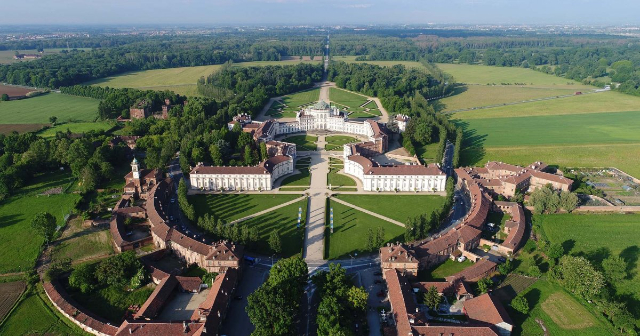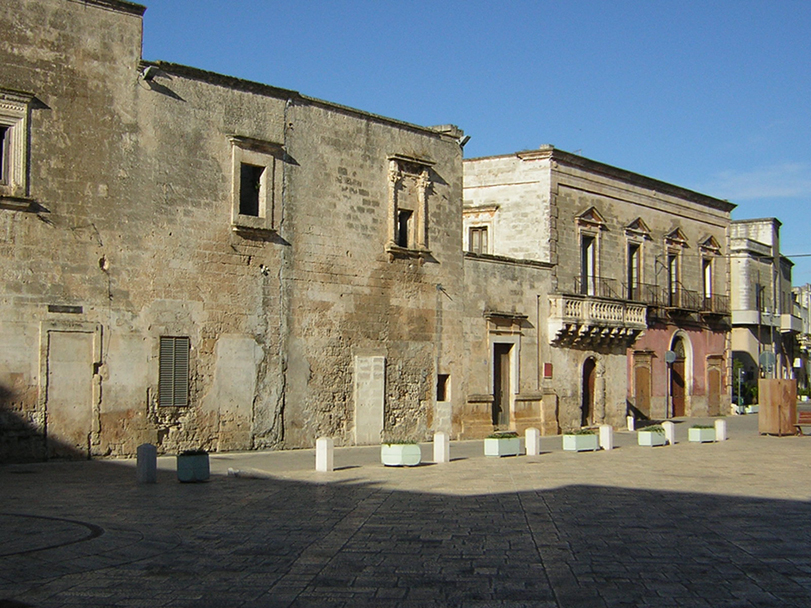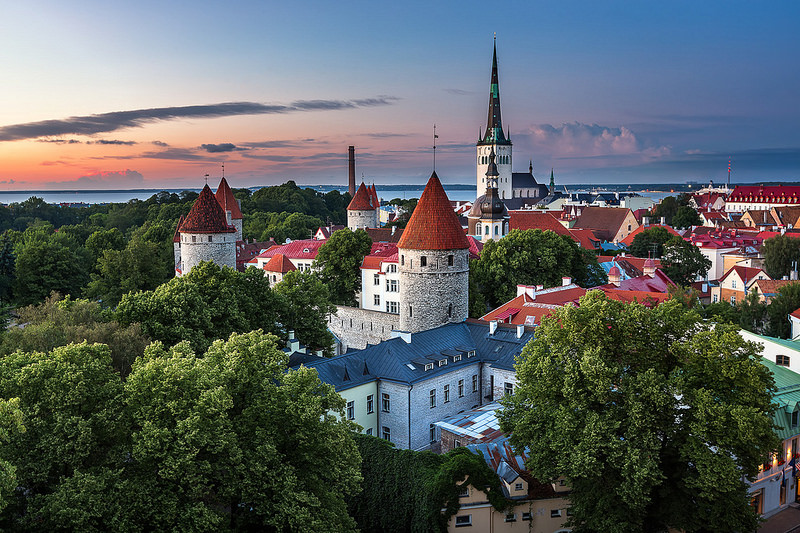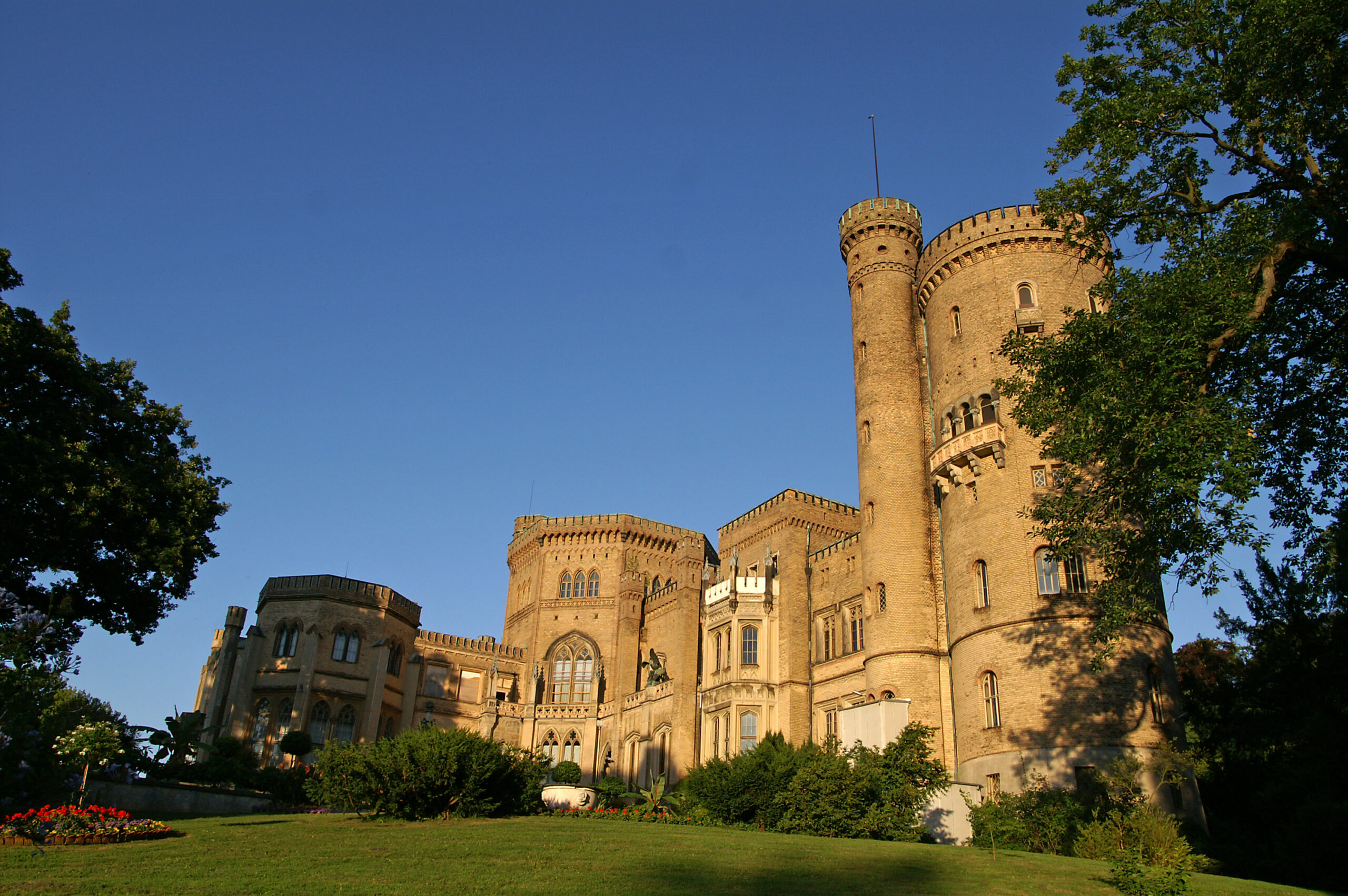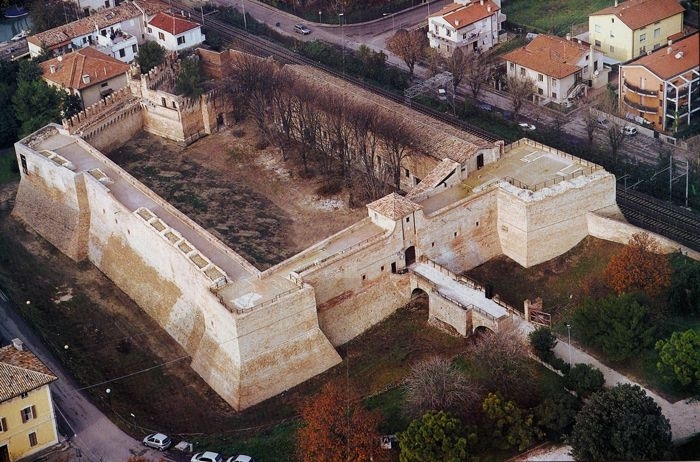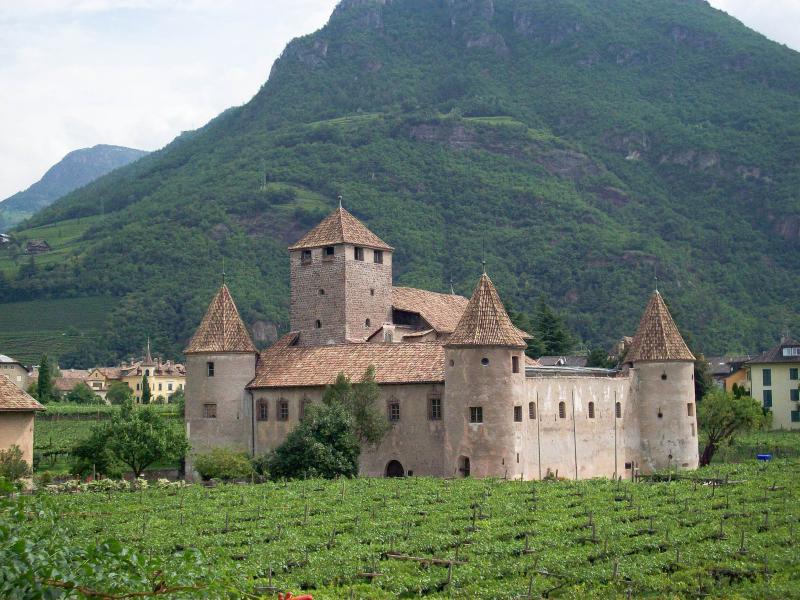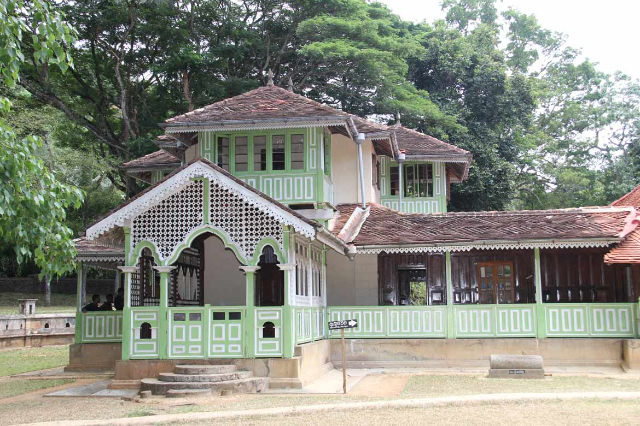The Palazzina di Caccia di Stupinigi, located on the outskirts of Turin, is an excellent example of an 18th-century royal hunting lodge. It was designed by architect Filippo Juvarra and built between 1729 and 1733 for King Charles Emmanuel III of Savoy.The Palazzina di Caccia is set in a vast park of about 130 hectares, featuring extensive meadows, woods and an artificial lake. The complex is known for its symmetry and imposing Baroque facade, which was inspired by French architecture. It features an imposing pronaos with Corinthian columns and a grand central staircase leading to the royal apartments on the upper floor.The interior of the Palazzina di Caccia is equally impressive. The rooms are decorated with frescoes, elaborate stucco work, marble floors and period furniture. Among the most famous rooms are the Hall of Feasts, the Hall of Diana, and the Hall of Music. These rooms feature lavish ceilings and ornamental details that reflect the pomp and luxury of royal residences of the time.One of the most striking features of the Hunting Lodge is the Chapel of St. Hubert, located at the rear of the complex. The chapel features a richly decorated Baroque interior with frescoes depicting religious scenes and statues of saints.The Palazzina di Caccia di Stupinigi was used by the royal family of Savoy as a hunting lodge and as a place to host important guests and celebrations. During its period of use, the residence was frequented by nobles, artists and intellectuals, who contributed to its fame and cultural importance.Today, the Palazzina di Caccia di Stupinigi is open to the public and houses a museum illustrating court life and culture in the 18th century. Visitors can explore the main rooms, admire the works of art and immerse themselves in the majesty of this royal residence.The Palazzina di Caccia di Stupinigi is an outstanding example of Baroque architecture and one of Piedmont’s main cultural treasures. Its beauty, attention to detail and architectural grandeur make it a fascinating destination for lovers of art, history and architecture.
